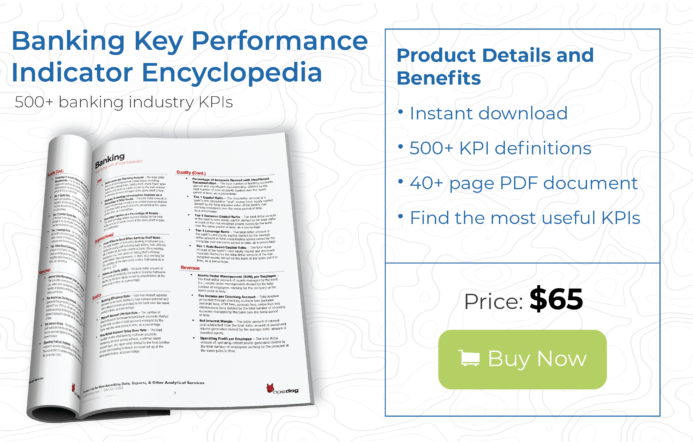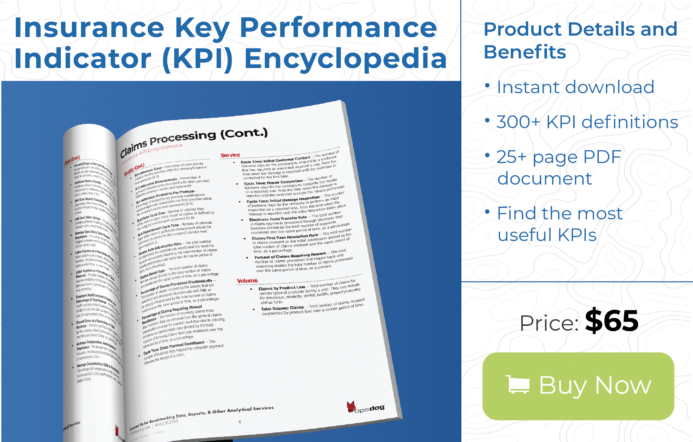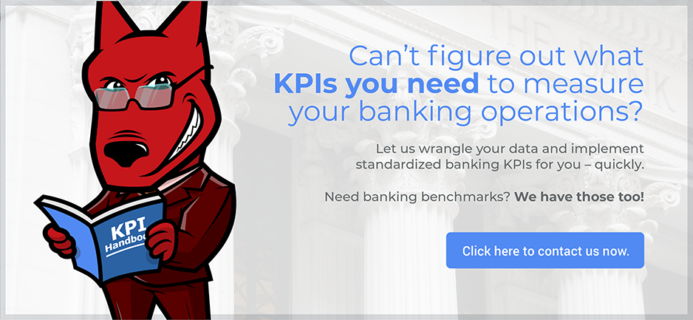KPI reports have become pivotal to managing businesses of many different types. If not quite as old as old as business itself, (performance measurement can be traced back to the 1494 published work of Italian accountant Luca Pacioli), what is universally known as ‘the bottom line’ can be taken as being the original key performance indicator. Even if a business can absorb a series of negative financial performance results, over time, practically every business prospers or folds based on the bottom line.
With systems for a variety of strategic and operational needs now deeply embedded throughout our businesses, it is within reach of every company to obtain data points that can be combined to produce management-level KPI reports as the final output.
Nowadays, technology is ubiquitous in nature – today the cloud has allowed best-in-class software to be available anytime, anyplace connected to the Internet. It used to be that only big companies, or those with deep pockets could afford to invest in the best technologies. The cloud has disrupted the old software business model of selling licensed box-product and the high costs of on-premise computing that went right along with it.
What is a KPI Report? – A definition
A KPI report is defined as the final output format at the end of the process of gathering organizational data and information for sharing with different audiences inside or outside of a business. Key performance indicator reporting seeks to inform the end-user of business performance results relative to subjects like; productivity, cost, work quality, cycle times, and employee head counts of groups.
Today, it does not matter if you are a global enterprise, a mid-market player or a small, growing business. KPI reporting is within easy reach, unlocking intelligence about how well your business is performing. You can see what’s bad or isn’t working and understand what’s good and how to make your performance better. When it comes to KPIs, to borrow a phrase, the bottom line is that if you can measure it, you can probably improve it!
How to create KPI Reports
Before you get going, by way of preparation it’s good to put on a project head. This helps to make sure that you don’t overlook important actions or considerations that might waste time (or money!) further on down the line.
As an overview to see how it works, here’s a step by step framework:
Step 1 – Develop a basic understanding of what you need to measure
Step 2 – Determine what data sources you are going use – is the data even available from inside your company?
Step 3 – If not available, how do you create or start measuring on an ongoing basis?
Step 4 – Analyze and figure out whether it is usable
Step 5 – Decide what the distribution method is/are:
- Paper – for the purpose of formal or informal internal distribution, for example
- Whiteboard – for ad-hoc presentation in meetings and in the training room perhaps
- Powerpoint Presentation – for meeting with your boss or executives
- Business Intelligence and Analytics software – for ongoing routine measurement that is visible throughout the organization
- Mobile – for “on the go” measurement of business processes and KPI
Let’s delve a little more deeply to really get hold of what we’re talking about.
Defining what goes your KPI report
Defining the aspects of performance you want to express and share with your audience
If you can measure, it you can improve it. However, where can you make improvements that contribute to the overall or strategic goals of the business? And more importantly, what are the most relevant KPI Reports that support improving them?
Ultimately, financial performance is often the Number 1 Key Performance Indicator. But it seldom tells the whole story. For example, balance sheets often contain one-off write downs or single costs; when you just look at the bottom line it might suggest the business is not doing very well. But that single bottom line figure doesn’t tell you that. If someone that doesn’t know about the one-off cost takes the figure at face value, then they are likely to misjudge where the business is.
There are a multitude of performance parameters which exert an influence and feed into the overall performance of the business. Choosing the right KPIs to report is one of the most important decisions. Get it right and you’ll find it focuses the minds of your people on working to bring about the improvements you desire.
Failing to get it right can end up wasting time, resource and money on KPIs that might look good and sound impressive, but which don’t tell you that much, so-called ‘vanity metrics’.
If we use the area of sales and marketing as an example. Followed with questions appropriate to bringing about improvement, here we ask, “what are the most meaningful measurements?”
- Is it the cost of customer acquisition? Or is it retention? – Can we reduce costs?
- Is it how many marketing emails got clicked? – Are we wasting money on producing content?
- Is it the Annual Recurring Revenue (ARR) across the customer base? – Should we try to cross/upsell more?
- Is it the average number of sales meetings per deal? – Can we close deals with fewer meetings?
As part of your overall goal of improving the performance of your company you might set out the more focused and narrowly defined task of increasing sales. The real progress in defining your KPI Report is made when you figure out which aspect of making sales is the most influential.
Of course, the best way to approach the entire issue of business performance improvement is to adopt a strategic approach. In its truest sense, Business Intelligence should be an organization or enterprise-wide objective, reaching horizontally from one end of your business to the other, as well as vertically, from top to bottom.
It’s OK to adopt a limited scope project if it is intended to act as a proof of concept to other stakeholders or peers. Showing the results from a carefully selected limited scope deployment can produce results that are truly compelling, in the shape of KPI Reports that actually help deliver real improvement. Once the principle is proven, it is difficult for objections to stand up.
Obtaining the raw data needed for KPI reporting by scraping your systems
In order to produce KPI Reports you need to bring all the supporting data together in a single system. Typically, your company may use a number of different systems to run its operations. The data that you need to produce your KPI Reports is likely to be spread across them. These individual systems create silos of information and this used to act as a barrier to KPI reporting. However, today’s software technologies, functionality and data techniques means information can be brought together from these silos with relative ease.
Even if there is one primary system where the majority of data is held, such as in companies that have ERP business systems for running the core business, there are likely to be satellite systems from which you may also need to pull data.
Data gathering is done in two primary ways:
- Manually – by exporting relevant data sets from source systems using .CSV spreadsheet files and uploading to KPI reporting systems
- Automatically – by using integration methods such as API integration or other types of data connectors to call data from source systems at scheduled times and without human intervention
Often, it may come as a surprise that some data cannot be obtained because you simply don’t count it. Quite simply, you might find that across the fabric of your technology infrastructure, there may be some gaps!
So, if some of the source data that supports a Key Performance Indicator that you want to report is missing, you have to figure out how you can obtain it and bring it into the KPI reporting system.
When you are conducting the process of gathering data that exists and identifying missing data, it’s a really good idea to maintain documentation and map where data is coming from. This serves a couple of important functions:
- Firstly, it defines the ‘data directory’ so that every relevant data point, column or table is properly understood. This is of great value because it is single source of truth and assists in KPI measurement, dashboard development, data transformation and reporting.
- Secondly, it provides the information to support auditing and avoids any doubt about the origin or provenance of supporting data, should anyone question the validity of a KPI Report.
Turning raw data into actionable intelligence with an analytics platform
Actionable intelligence is delivered by using your data sources to produce structured data models. This feeds KPI data that can acted on into your performance dashboards.
Part of this process is to standardize, tag and structure the data that has been collected. This enables data models to produce intelligence which delivers tangible business value because it is valid and truly actionable in the real world.
This enriches your existing data, adding value with structure and meta tags that enable KPI reporting, data drill-downs and other analytical activities.



